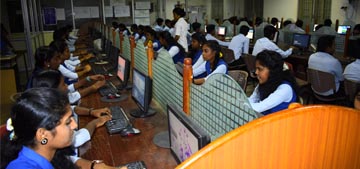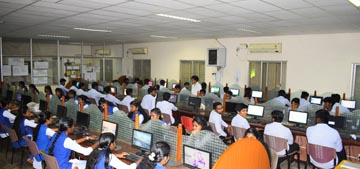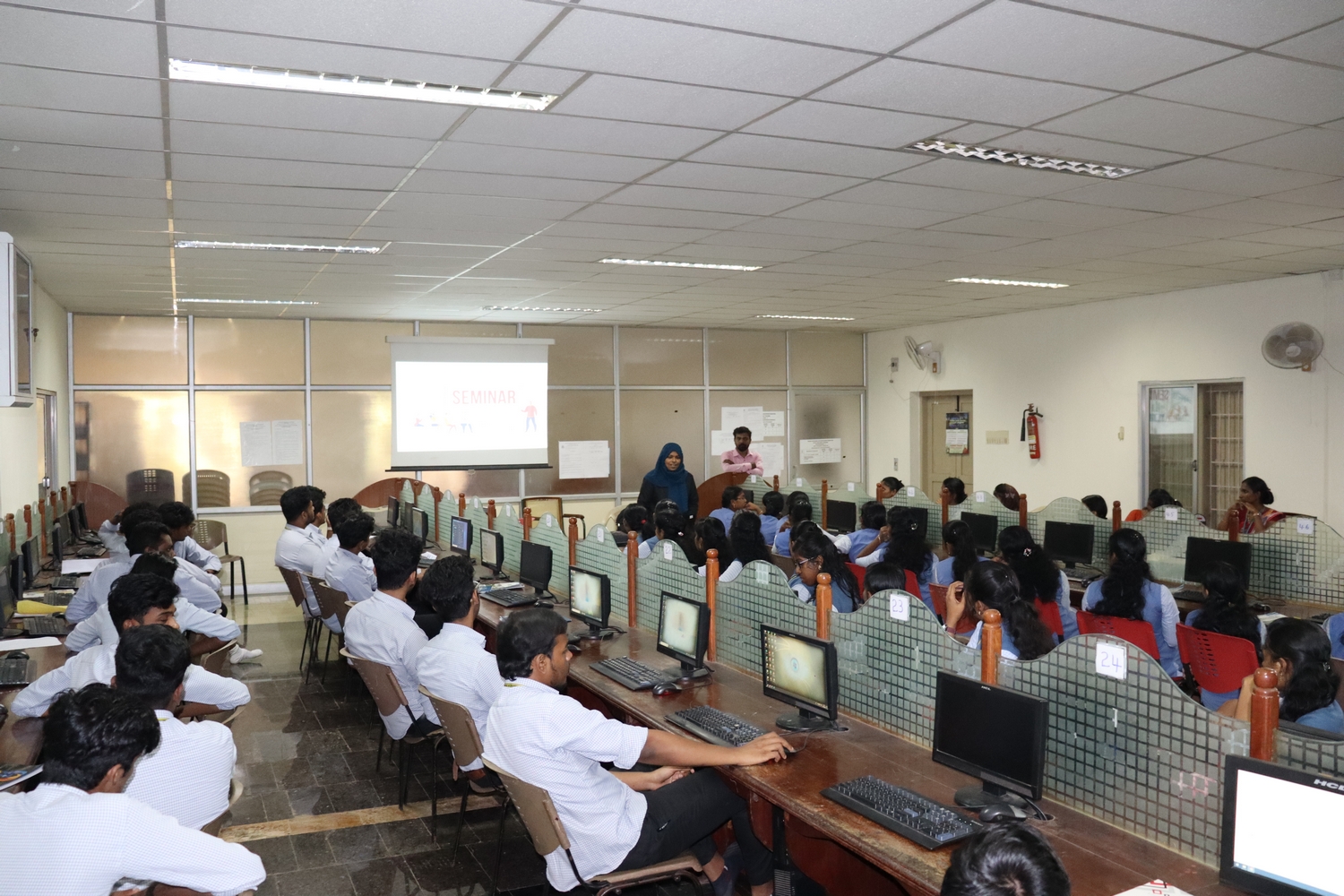GO Back
To write, test, and debug simple Python programs. To implement Python programs with conditionals and loops Use functions for structuring Python programs. Represent compound data using Python lists, tuples, dictionaries. Read and write data from/to files in Python.
Write, test, and debug simple Python programs. Implement Python programs with conditionals and loops. Develop Python programs step-wise by defining functions and calling them. Use Python lists, tuples, dictionaries for representing compound data. Read and write data from/to files in Python.

To develop programs in C using basic constructs.
To develop applications in C using strings, pointers, functions, structures.
To develop applications in C using file processing.
Develop C programs for simple applications making use of basic constructs, arrays and strings.
Develop C programs involving functions, recursion, pointers, and structures.
Design applications using sequential and random access file processing.

To implement linear and non-linear data structures
To understand the different operations of search trees
To implement graph traversal algorithms
To get familiarized to sorting and searching algorithms
Write functions to implement linear and non-linear data structure operations
Suggest appropriate linear / non-linear data structure operations for solving a given problem
Appropriately use the linear / non-linear data structure operations for a given problem
Apply appropriate hash functions that result in a collision free scenario for data storage and retrieval

To build software development skills using java programming for real-world applications.
To understand and apply the concepts of classes, packages, interfaces, arraylist, exception handling and file processing.
To develop applications using generic programming and event handling.
Develop and implement Java programs for simple applications that make use of classes, packages and interfaces.
Develop and implement Java programs with arraylist, exception handling and multithreading
Design applications using file processing, generic programming and event handling.

To understand data definitions and data manipulation commands
To learn the use of nested and join queries
To understand functions, procedures and procedural extensions of data bases
To be familiar with the use of a front end tool
To understand design and implementation of typical database applications
Use typical data definitions and manipulation commands.
Design applications to test Nested and Join Queries
Implement simple applications that use Views
Implement applications that require a Front-end Tool
Critically analyze the use of Tables, Views, Functions and Procedures

To learn Unix commands and shell programming
To implement various CPU Scheduling Algorithms
To implement Process Creation and Inter Process Communication.
To implement Deadlock Avoidance and Deadlock Detection Algorithms
To implement Page Replacement Algorithms
To implement File Organization and File Allocation Strategies
Compare the performance of various CPU Scheduling Algorithms
Implement Deadlock avoidance and Detection Algorithms
Implement Semaphores
Create processes and implement IPC
Analyze the performance of the various Page Replacement Algorithms
Implement File Organization and File Allocation Strategies

Data Science Lab focuses on enhancing students' Python programming skills and introducing
them to key libraries and tools for data analysis, data visualization.
To use Numpy Library for numerical scientific computing.
To handle and analyse datasets using Pandas library.
To perform univariate, bivariate, multivariate analysis on data
To perform data visualisation
Download and install python libraries
Understand the basic statistical and probability measures of datascience
Apply correlation and plotting on datasets
Present and interpret data using visualisation packages in python

PYTHON PROGRAMMING LABORATORY
Objectives
Outcomes
Upon completion of the course, students will be able to:

C PROGRAMMING LABORATORY
Objectives
Outcomes
Upon completion of the course, the students will be able to:

DATA STRUCTURES LABORATORY
Objectives
Outcomes
At the end of the course, the students will be able to:

OBJECT ORIENTED PROGRAMMING LABORATORY
Objectives
Outcomes
Upon completion of the course, the students will be able to

DATABASE MANAGEMENT SYSTEMS LABORATORY
Objectives
Outcomes
Upon completion of the course, the students will be able to:

OPERATING SYSTEMS LABORATORY
Objectives
Outcomes

DATA SCIENCE LABORATORY
Objectives
Outcomes


